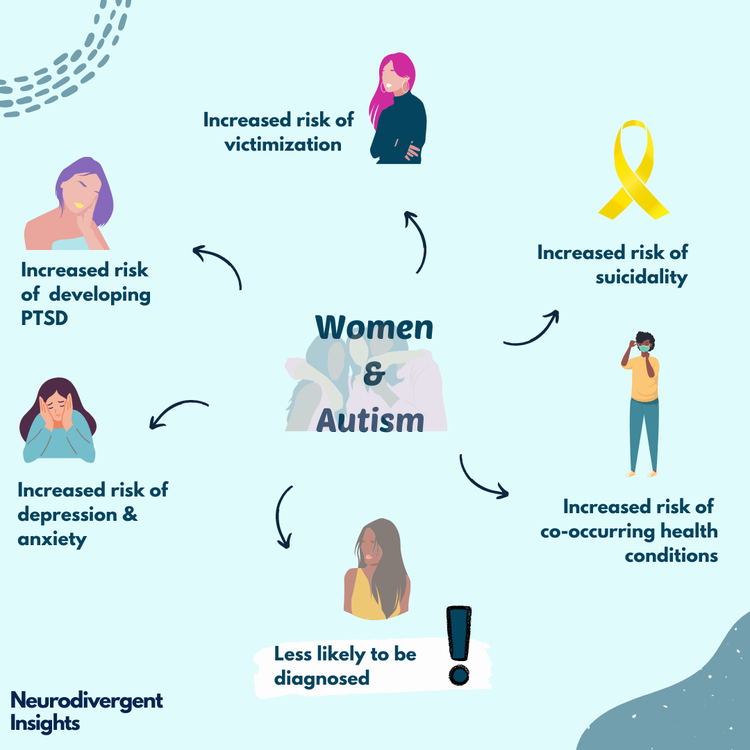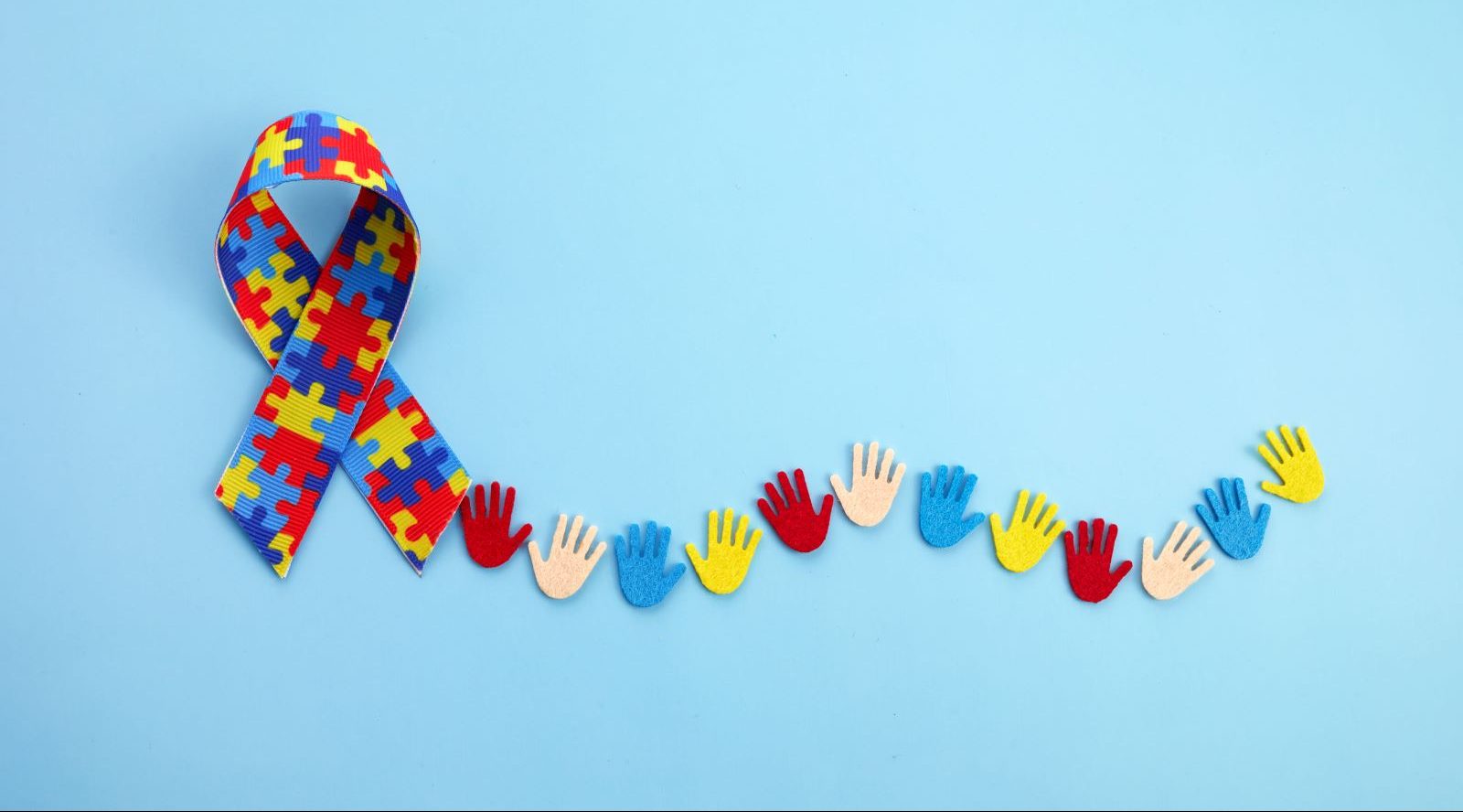Just how to Produce an Inclusive Environment for Friends and Family Members with Autism
Just how to Produce an Inclusive Environment for Friends and Family Members with Autism
Blog Article
Checking Out Autism: Techniques for Reliable Interaction and Interaction
Efficient interaction and communication with people on the autism range require an extensive understanding of their unique needs and preferences. The intricacies of these techniques disclose further factors to consider that warrant expedition, especially in how they can be adjusted to individual experiences and varied contexts.
Recognizing Autism Spectrum Disorder
Autism Spectrum Condition (ASD) includes a range of neurodevelopmental conditions defined by obstacles in social interaction, communication, and recurring habits. The term "spectrum" shows the varied manifestations and varying degrees of extent experienced by people with ASD. While some may display significant problems, others might display high-functioning attributes, permitting for better independence in life.
The onset of ASD usually happens in very early childhood years, with indicators commonly recognizable by age 2. Very early signs may consist of postponed speech growth, minimal eye contact, and difficulties in comprehending social cues. The specific etiology of ASD remains unclear, research study recommends a mix of ecological and genetic factors plays a crucial role in its advancement.
As an outcome, treatments and support tailored to specific demands are important for cultivating interaction and social skills. Recognizing the intricacy of ASD is important for promoting awareness, approval, and effective techniques that promote purposeful interactions with individuals on the spectrum.

Value of Clear Communication
Reliable communication is essential for promoting understanding and link, particularly for individuals with Autism Spectrum Disorder (ASD) Clear interaction not just facilitates social interactions however additionally enhances the person's ability to express their demands, ideas, and emotions. For people with ASD, the nuances of language can typically be challenging; for that reason, using uncomplicated and distinct language is crucial.
In addition, clear communication helps in reducing disappointment and anxiousness that may arise from misconceptions. When messages are conveyed in a consistent and direct fashion, people with ASD are better geared up to interpret information accurately, which can dramatically enhance their social involvement and participation in numerous settings.
Developing routines and using visual assistances can further strengthen clear interaction. These strategies supply people with foreseeable structures that help understanding and retention of info. Furthermore, proactively listening and being patient throughout interactions promotes a supportive setting where individuals with ASD feel valued and understood.
Eventually, focusing on clear communication not just empowers individuals with ASD but also promotes more purposeful connections with their peers, caregivers, and the broader area, leading the way for comprehensive communications and collaborative partnerships. - autism
Non-Verbal Interaction Techniques
Interaction extends beyond words, and for people with Autism Spectrum Disorder (ASD), non-verbal signs play a considerable role in communications. Non-verbal communication techniques can consist of faces, motions, body movement, and eye call, all of which function as essential elements for sharing intentions and feelings.
Recognizing and translating these non-verbal signals can enhance communications with individuals with ASD. As an example, a cozy smile or open position can produce a welcoming atmosphere, urging interaction. In a similar way, utilizing aesthetic help-- such as picture cards or icons-- can bridge interaction spaces and aid communicate messages better.
It is also vital to be conscious of personal area, as individuals with ASD may have different comfort levels regarding closeness. published here Observing their responses to physical nearness can notify proper changes.

Creating Supportive Atmospheres
Developing an encouraging environment is vital for cultivating favorable communications and improving the wellness of people with Autism Range Disorder (ASD) Such environments can dramatically lower anxiety and develop a feeling of safety and security, allowing people to reveal themselves a lot more freely.
To attain this, it is important to take into consideration sensory level of sensitivities that people with ASD might experience. Changing the physical space to consist of soft illumination, very little background noise, and comfy seating can develop a relaxing ambience. Additionally, utilizing regular regimens and clear visual timetables can aid individuals anticipate changes and decrease uncertainty, additional advertising convenience.
Social rooms need to be structured to lessen overwhelming stimulations while supplying opportunities for engagement in preferred tasks. Facilitating areas marked for silent time can likewise function as a refuge throughout moments of stress and anxiety. Notably, incorporating aspects of option empowers people, allowing them to work out agency in their atmosphere.

Urging Social Communications
Cultivating social communications amongst people with Autism Range Disorder (ASD) requires deliberate techniques that focus on comfort and engagement. Establishing foreseeable regimens can help in reducing stress and anxiety, making social settings much more friendly. Developing organized environments with defined roles and responsibilities permits individuals to involve without the frustrating pressure of disorganized social characteristics.
Integrating passions and toughness into social tasks can offer as a stimulant for interaction. Organizing team her latest blog tasks around shared leisure activities or subjects of attraction can help with natural discussions and links. In addition, using aesthetic assistances, such as pictorial schedules or social scripts, can help in understanding social hints and expectations.
Modeling appropriate social habits is critical - autism. Peers and grownups need to demonstrate effective interaction strategies, including active listening and turn-taking. Role-playing scenarios can likewise supply a risk-free area for people to exercise these abilities
Lastly, cultivating peer partnerships via inclusive practices is necessary. Motivating comprehensive playdates or group outings can develop opportunities for socialization in a comfortable setting. By executing these caregivers, instructors and strategies can substantially boost social communications for people with ASD, promoting their total social growth look what i found and well-being.
Verdict
In final thought, effective communication and interaction approaches are necessary for supporting people with Autism Range Disorder. Emphasizing clear language, incorporating non-verbal hints, and developing foreseeable regimens significantly improve interaction and lower stress and anxiety. Developing supportive environments promotes risk-free social interactions, while motivating shared passions promotes meaningful connections. Ultimately, these approaches empower individuals with autism to navigate social landscapes, advertising their general wellness and making it possible for the growth of long-term partnerships.
Reliable communication and communication with people on the autism range demand a thorough understanding of their unique demands and preferences. Clear communication not only facilitates social interactions but also boosts the individual's capability to share their ideas, emotions, and requirements.Cultivating social communications amongst individuals with Autism Spectrum Condition (ASD) requires deliberate strategies that focus on comfort and engagement. By applying these caregivers, strategies and instructors can considerably enhance social interactions for individuals with ASD, promoting their total social development and health.
In conclusion, reliable interaction and communication strategies are important for supporting people with Autism Range Condition.
Report this page